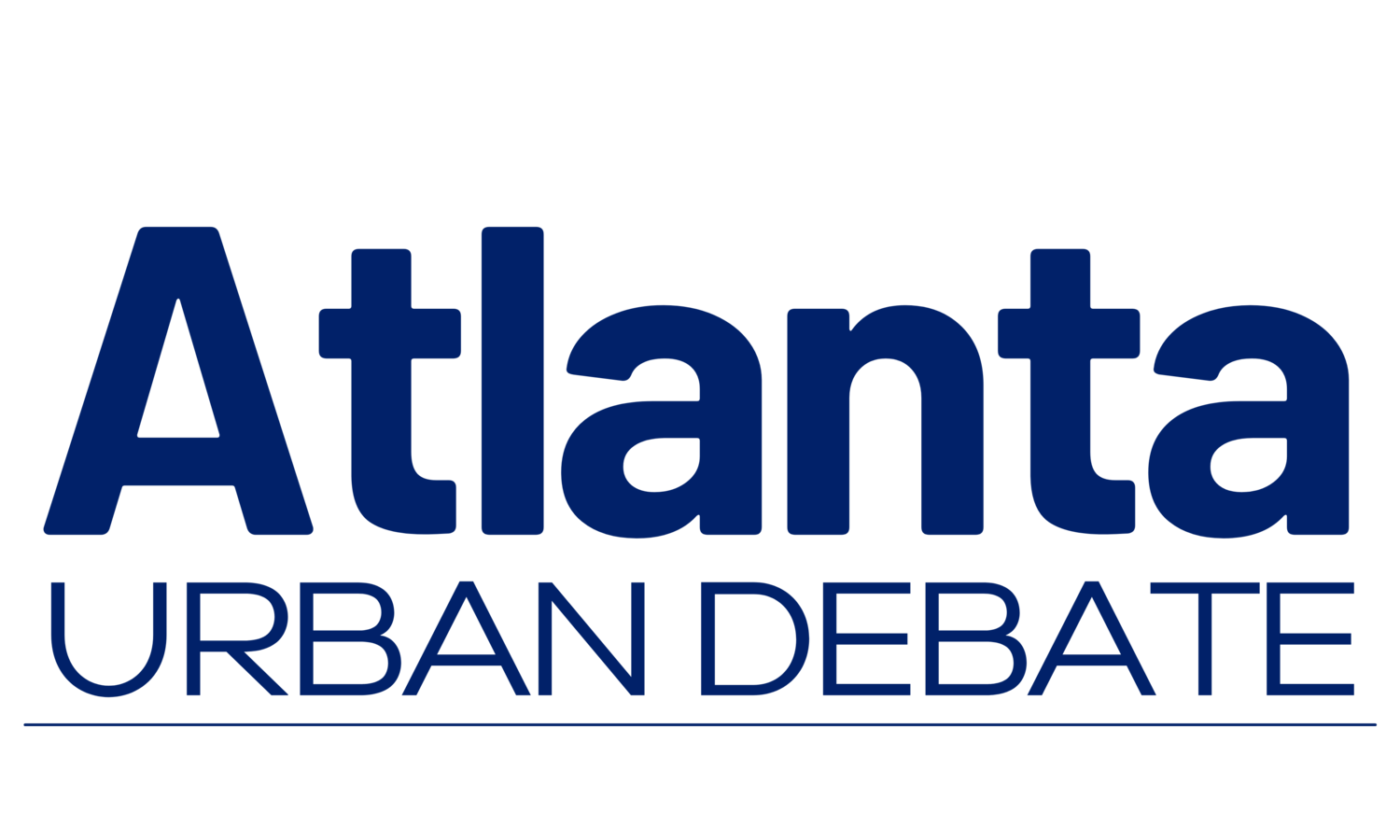The Atlanta Urban Debate League is committed to providing excellent debate education programs, services, and opportunities to diverse students, educators, and members of the community!
Advanced Debate Skills
Producing Evidence
Introduction
Middle school varsity debaters are encouraged to do their own research to supplement individual arguments in the packet while high school open debaters can both build on the packet and introduce completely new arguments. Creating a piece of evidence is called cutting a card.
MS Varsity examples: A 2AC non-unique card; a 2NC disadvantage impact card; a 1AC inherency card.
HS Open examples: A new plan and advantages; new advantages to the AUDL plan; a new counterplan; a 1NC shell plus blocks for a new kritik.
To find evidence, students should find reputable sources (this is a great opportunity to familiarize students with the school’s online library resources) whose articles can be used in support of a specific argument. Cards must have:
Text: Paragraphs from the original body of the article copy/pasted into a document. Debaters should underline the relevant parts of the body to be used in the card.
Tag: A succinct summary of the argument the debater is making with the card.
Citation/cite: The author, date of publication, author qualifications, publication, and link to the source (or other identifier such as book page numbers or DOI if the source is something without a permanent link).
Here is an example layout of a card (Calibri font, size 13 for tag and cite, size 11 for underlined text, size 8 for not underlined text):
Learning Objectives
In this section, students should:
Use effective search techniques to find relevant articles online.
Learn to underline relevant sections of articles.
Create succinct tag lines for evidence.
Points of Improvement
Here are some things to look out for as students cut their own cards:
Citing dubious sources, such as personal blogs or fringe websites.
Writing overly long or inaccurate tag lines.
Cutting cards that only tangentially relate to the arguments (do not clearly function as “inherency” or “no link” evidence, for example).
Signs of Mastery
Here are some positive signs that students are cutting good cards:
Evidence comes from experts or uses work from experts as its basis.
Cites make clear who and where cards are from.
Text of cards is efficiently underlined to include only relevant information.

